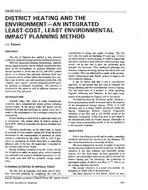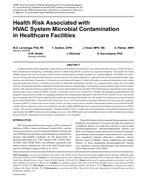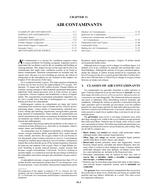In an earlier ASHRAE paper (Diamond and Hunn 1981), monthly and annual electric and fuel energy use predicted by the DOE-2 building energy analysis computer program was compared with measured energy use for five commercial buildings in a variety of climates. In each case, DOE-2 was run by an experienced analyst who was familiar with DOE-2 and the building analyzed.
As an extension of this study, a comprehensive experiment was conducted by the Los Alamos National Laboratory to test the effect that the user had on the predicted results. The objective was to obtain a quantified characterization of the effects of the user under typical design conditions where detailed input data are not available initially but are improved or refined as the design process progresses. The results indicate how the judgment of different experienced users, and/or their interpretation of the input data, affect the dispersion (scatter) of energy use calculations made with DOE-2.
In this experiment a round-robin of simulations of four commercial buildings was conducted; six contractors, each an experienced user of the program, ran DUE-2 for each of the buildings. Three levels of increasingly refined input data were used by each of the contractors. Results are presented, in terms of root-mean-square (rms) deviations from the predicted mean monthly and annual energy use for the cases of (1) uncontrolled input, (2) refined input, and (3) input constrained by the Standard Evaluation Technique defined for the Building Energy Performance Standards proposed by DOE.
Units: Dual
Citation: Symposium, ASHRAE Transactions, 1985, vol. 91, pt. 2B, Honolulu, HI
Product Details
- Published:
- 1985
- Number of Pages:
- 13
- File Size:
- 1 file , 1 MB
- Product Code(s):
- D-HI-85-13-3


